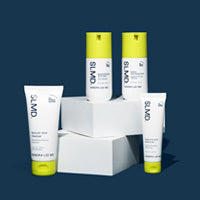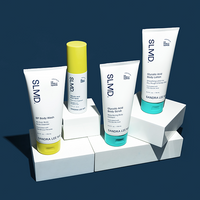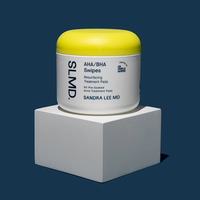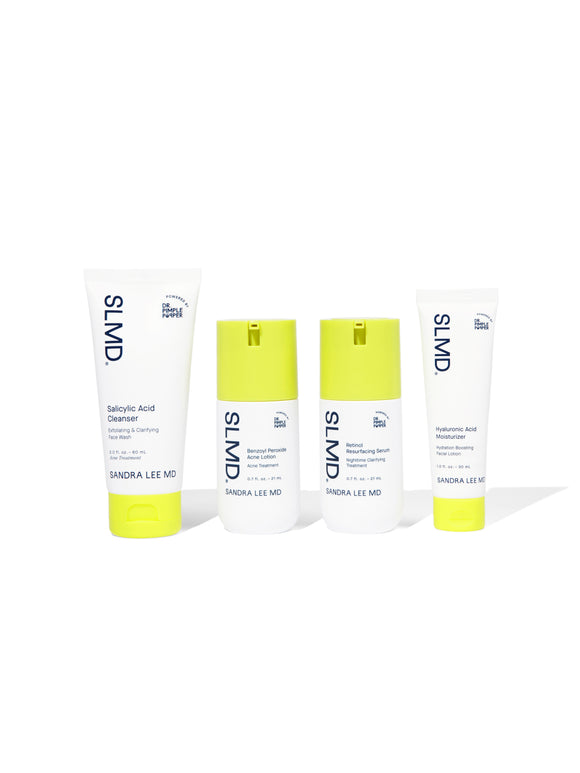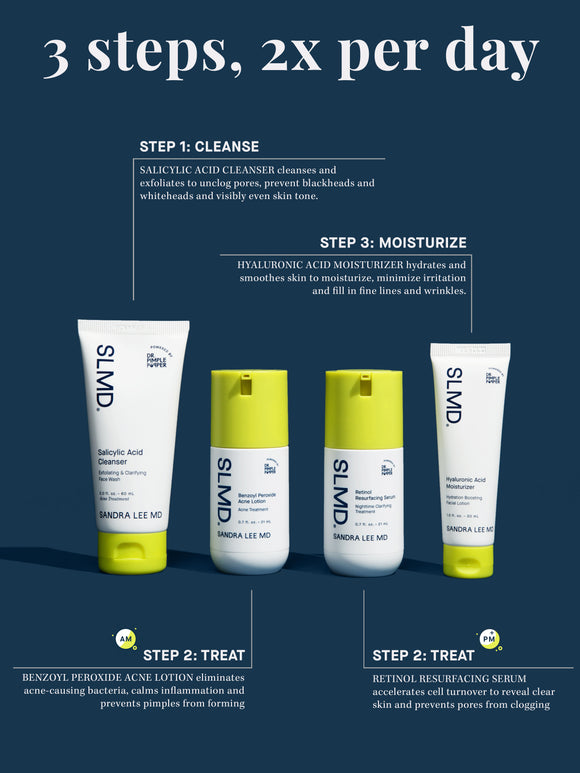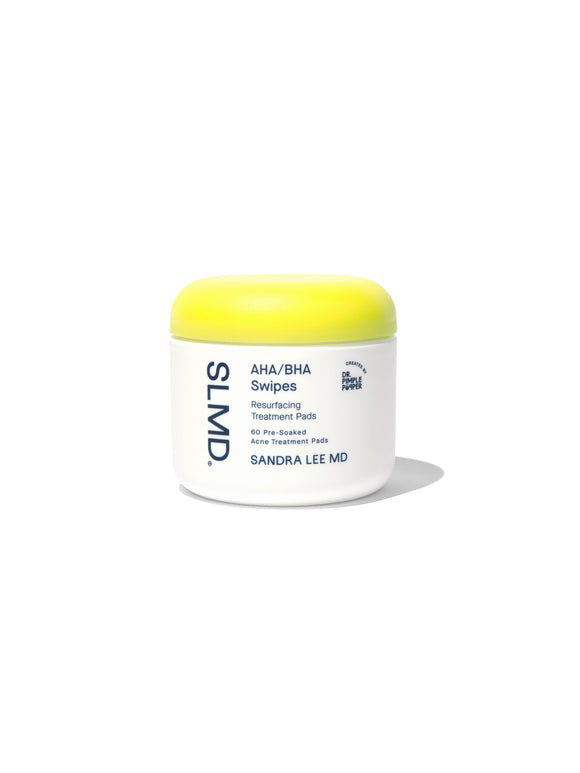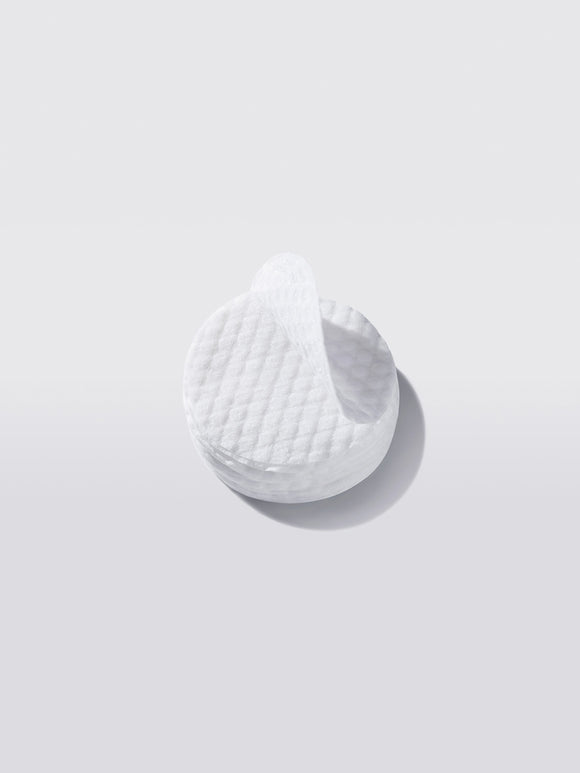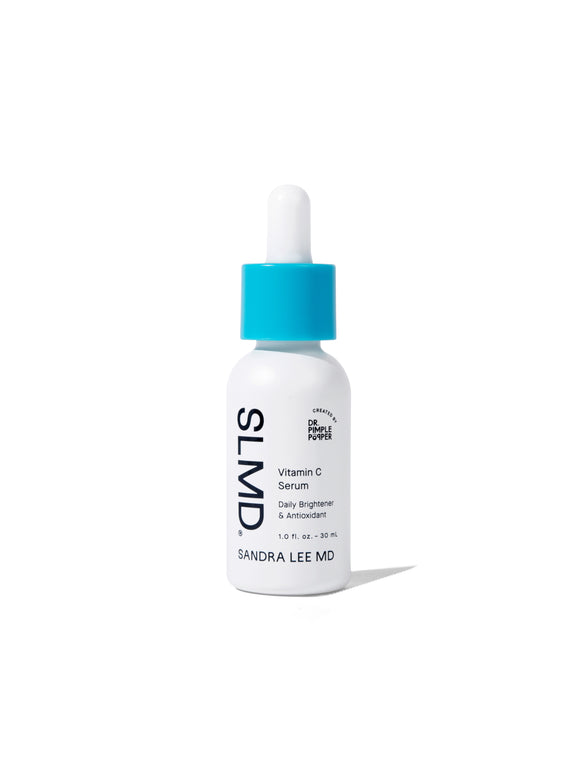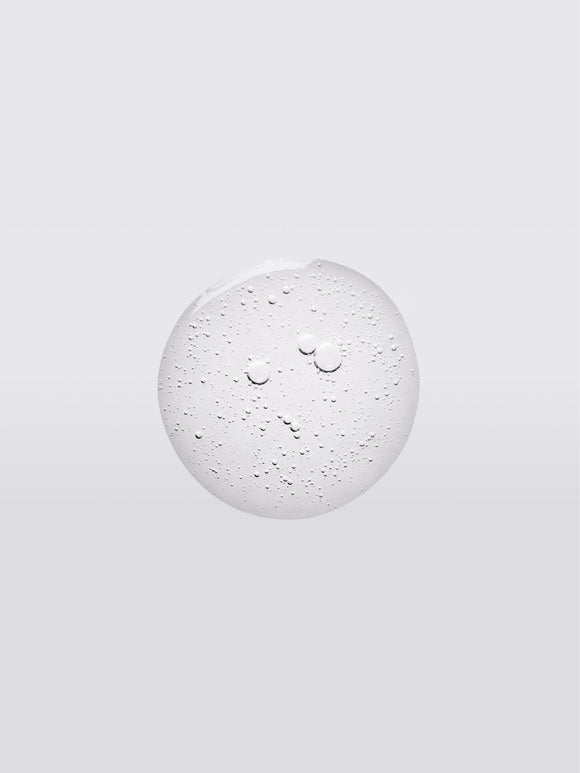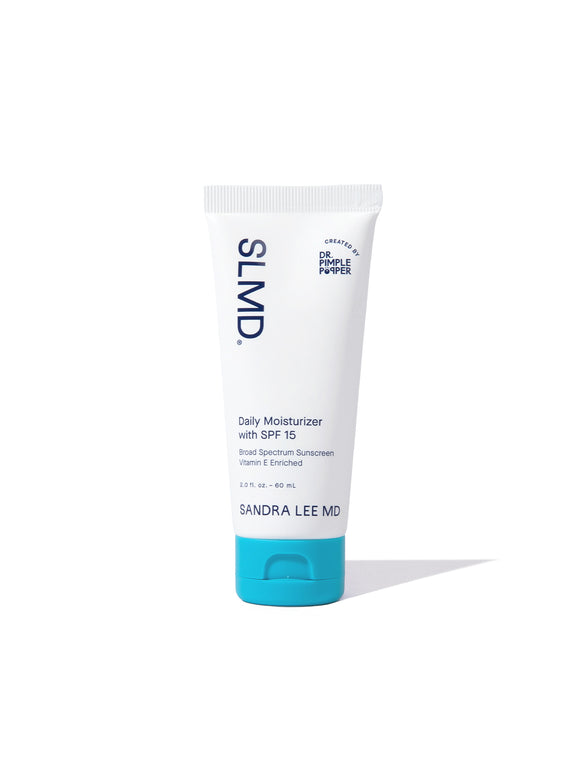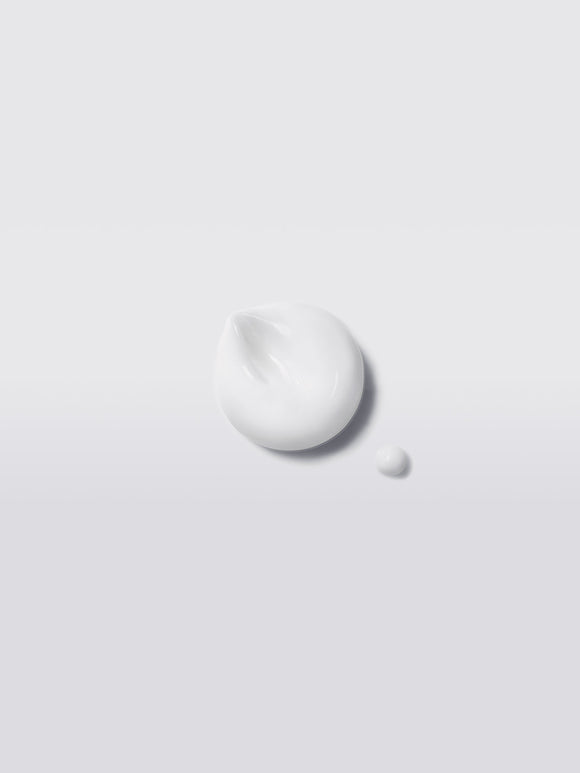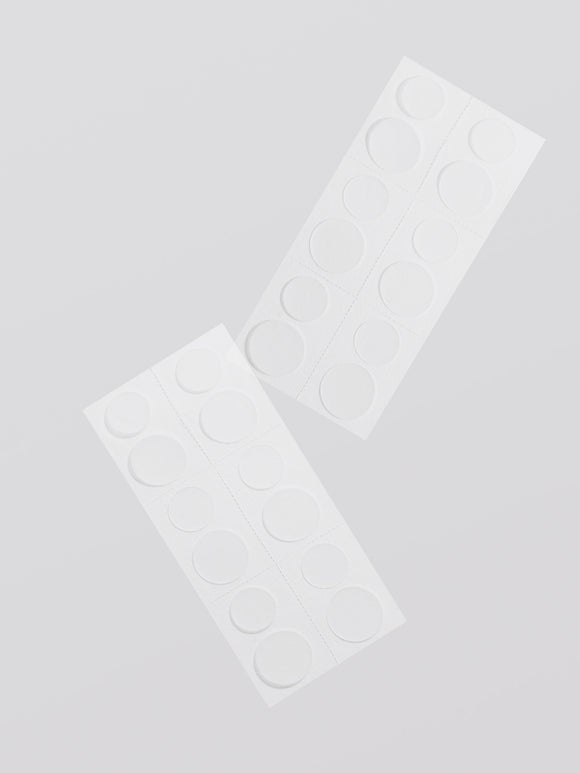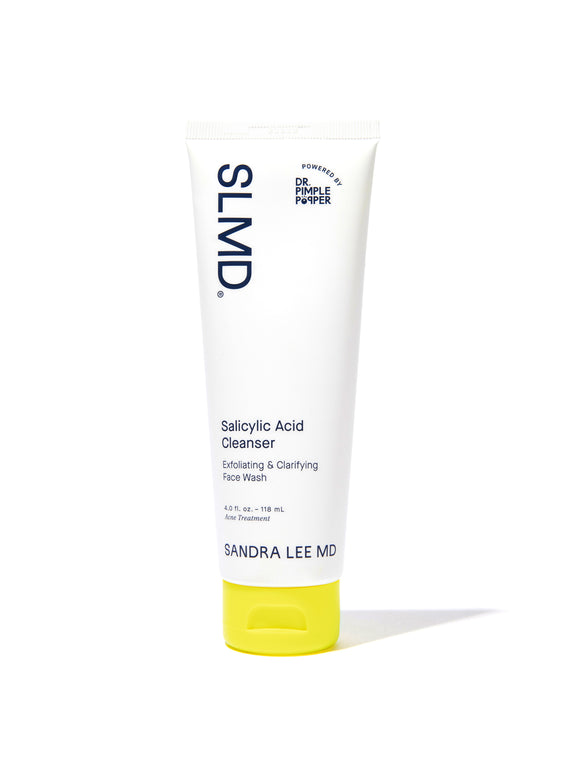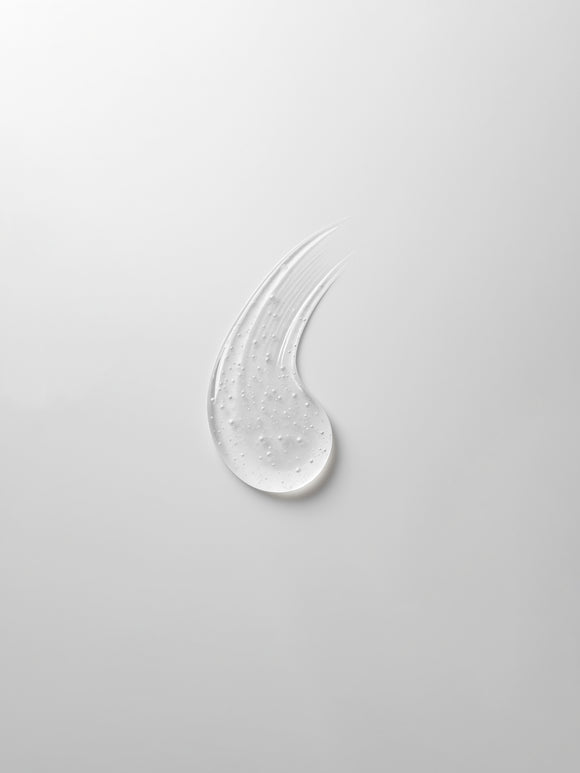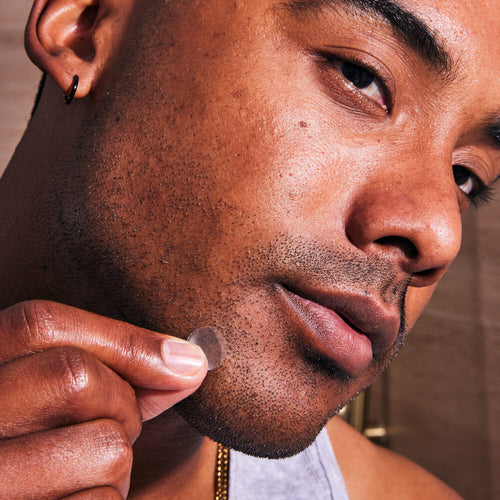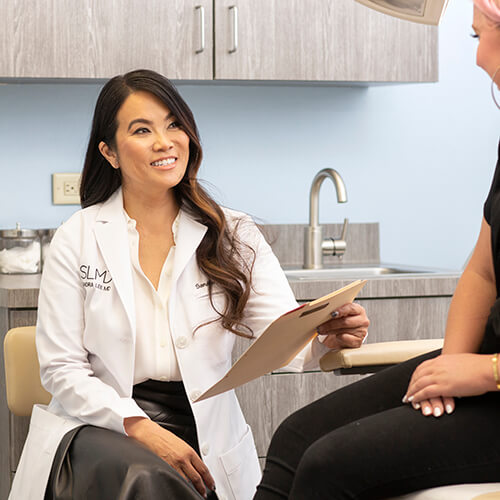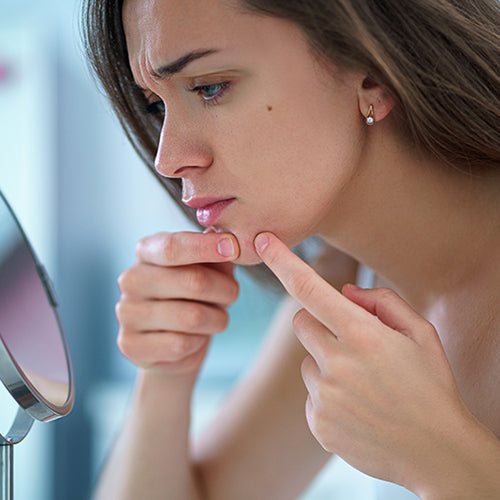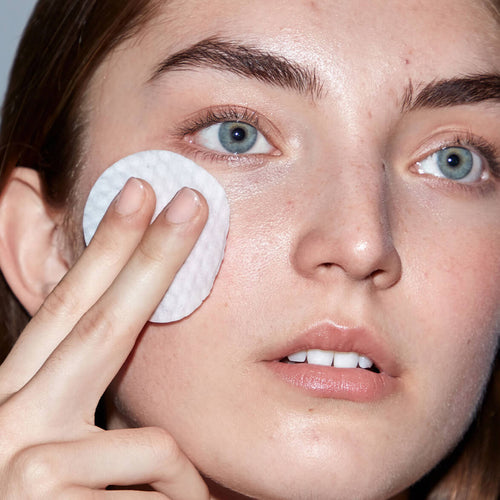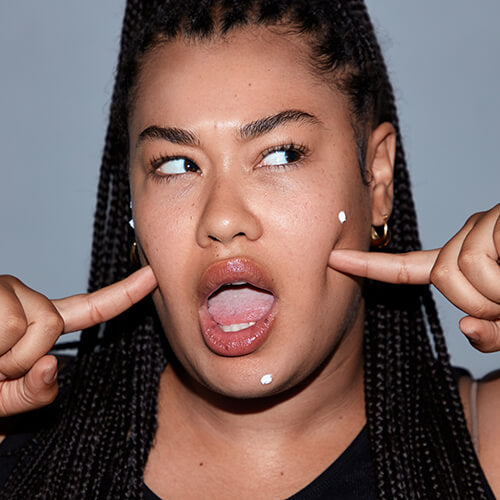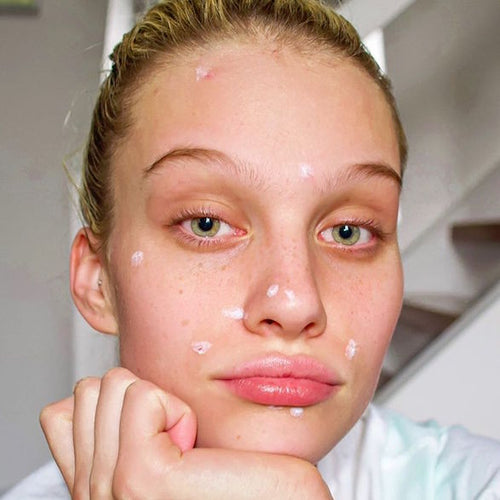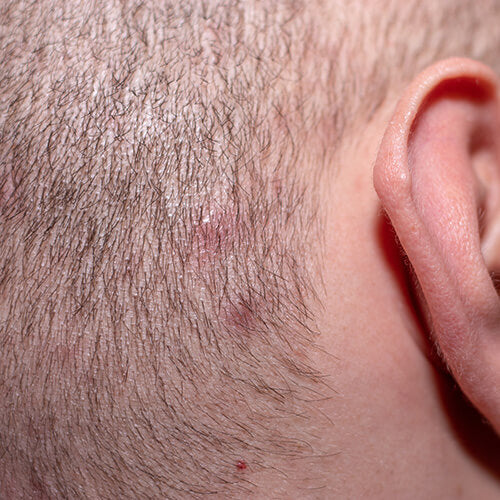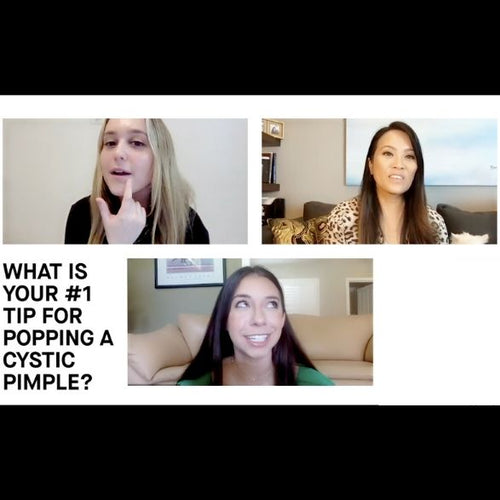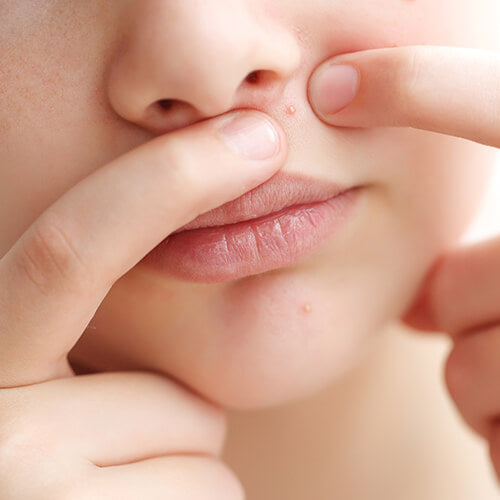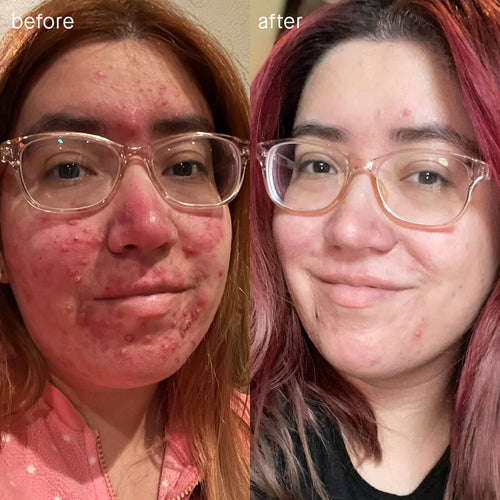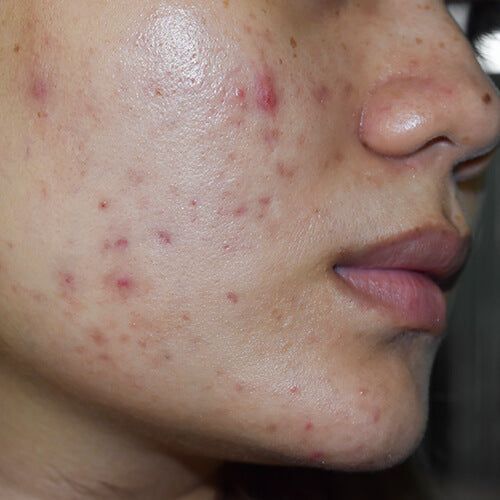
Post-Inflammatory Erythema (PIE): Treating After-Acne Red Spots
The name might not be familiar — but those frustrating pink spots that appear post-acne probably are. Here's what do.
Published:
4 minute read
Ever wonder why you get a pink or red spot as your acne heals? These post-pimple marks — technically called post-inflammatory erythema (PIE) — can seemingly take forever to fade. But here's the good news: there are ways to avoid and manage PIE.
With the help of dermatologist Sandra Lee, MD (aka Dr. Pimple Popper), we’re answering all of your questions: what causes those red spots to form in the first place, why some of them turn brown, and most importantly, what you can do to treat and prevent post-inflammatory erythema.
Article Quick Links
What is post-inflammatory erythema?
If you’ve never heard of PIE before, that’s because the term was only coined ten years ago, to distinguish pink, red or purple post-acne lesions from other types of post-breakout dark marks. They appear as a wound is healing, particularly in cases of inflammatory breakouts (like papules, pustules and cysts). That's why PIE is sometimes referred to as post-acne erythema.
You can think of pimples as mini-wounds. When your immune system springs into action to fight off acne-causing bacteria, inflammation results. As the skin begins to heal, tiny blood vessels (aka capillaries) can dilate and become damaged — resulting in that telltale redness.
Even though post-inflammatory erythema can linger for months (or years), its temporary nature sets it apart from true acne scarring.
Dr. Pimple Popper's PIE Picks
What causes post-acne erythema?
Not everyone who has acne will develop PIE, and the severity can vary from person to person — even from pimple to pimple. That’s because post-inflammatory erythema is dependent on inflammation: so if you have non-inflammatory acne (blackheads and whiteheads), you’re not likely to develop pink or red marks. But if your breakouts include inflammatory papules, pustules, nodules or cysts, chances are you’ll see some of that redness as they heal.
People with fair skin — Fitzpatrick types I, II and III — tend to be more susceptible to post-acne erythema. The same holds true for those with thinner skin, since healing skin tends to be even thinner to begin with. This makes blood vessels become even more apparent during the skin repair process.
What’s the difference between PIE and PIH?
So here’s how post-inflammatory erythema differs from post-inflammatory hyperpigmentation:
- Color: PIE is pink to red, while PIH can be tan, brown, or grayish looking.
- Cause: PIE involves blood vessels, whereas PIH results from excess melanin deposited during healing.
- Candidate: Generally speaking, fair-skinned people are more likely to experience PIE, whereas darker-skinned types are more likely to get PIH.
How do you prevent post-inflammatory erythema?
According to Dr. Lee, the best way to handle post-inflammatory erythema is to minimize the inflammation that causes it. Here are her top tips for avoiding PIE:
Treat your acne
Getting your acne under control means that you’re less likely to wind up with breakout-induced inflammation in the first place. Use an acne regimen that treats acne at every stage, since non-inflammatory comedones lead to inflammatory breakouts.
Try: SLMD Acne System
Avoid popping your pimples
Dr. Lee consistently warns about this, since popping not only damages skin, it can spread your acne. Picking and squeezing are off-limits, too, as anything that might make the wound worse can also make PIE worse.
Try: SLMD Salicylic Acid Pimple Patches
Be gentle with your skin
You want to avoid causing any additional trauma to the skin — including micro tears that you can't even see. Use a chemical exfoliant as your skin tolerates, since scrubbing or over-exfoliating can exacerbate irritation and inflammation, making red marks worse.
Try: SLMD AHA/BHA Swipes
What’s the best way to treat post-acne erythema?
In many cases, notes Dr. Lee, PIE heals on its own over time. If you want to speed the process, there are a few methods you can try:
Spot treat your pimples
Dr. Lee recommends using maximum-strength benzoyl peroxide to treat active pimples by killing bacteria. Once it starts to heal, you can switch to salicylic acid, which helps exfoliate gently. This beta hydroxy acid can help reduce inflammation and clear out pore-clogging debris, speeding healing.
Try: SLMD BP Acne Spot Treatment, SA Acne Spot Treatment
Try topical retinoids
Tretinoin and its over-the-counter cousin, retinol, helps quell inflammation and increase cell turnover, which can reduce red marks. But be patient: retinoids can take weeks to months to make their full impact.
Try: SLMD Retinol Resurfacing Serum
Incorporate antioxidants
Ingredients like vitamin E, niacinamide and vitamin C neutralize the free radicals that damage skin and impede the healing process. Over time, using them can help brighten and calm down irritated skin.
Try: SLMD Vitamin C Serum
Wear sunscreen — always
This one’s a no-brainer, since we all know that UV exposure results in red skin, which is exactly what we’re trying to avoid with PIE. Look for lightweight formulas created especially for acne-prone skin.
Try: SLMD Daily Moisturizer with SPF 15
Book a laser treatment
According to Dr. Lee, there are several different in-office treatments that can help fade your PIE — as long as your doctor knows what they're doing. an inexperienced practitioner, she cautions, could make your condition worse. Talk to your dermatologist to determine if you’re a candidate for an in-office procedure like IPL or PDL to target the redness.

Dr. Lee's Last Word
A lot of patients ask me about how to get rid of those lingering marks that take so long to go away once a pimple heals. Red marks are signs of post-inflammatory erythema, and typically they fade away on their own. Treating your acne and not popping your pimples is the best way to support your skin’s healing process and keep redness and hyperpigmentation to a minimum.
